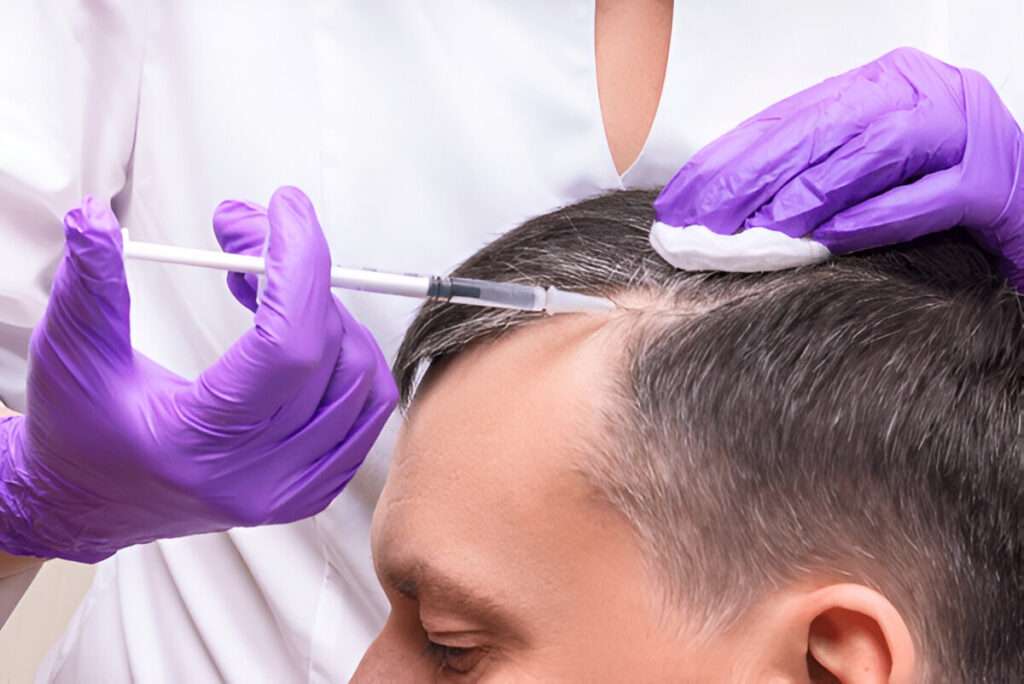If you’re considering a hair transplant in London or elsewhere in the UK, understanding the healing process is crucial. A hair transplant is a transformative procedure, but like any surgery, it involves multiple stages of recovery. Knowing what to expect at each stage will help you manage your expectations and ensure a smoother recovery process. In this article, we will guide you through the different stages of hair transplant healing and what you can do to support your recovery.
The Initial Healing Phase: Days 1-7
The first stage of recovery after a hair transplant involves the initial healing of the scalp. Right after the procedure, it’s normal to experience some discomfort, swelling, and redness around the donor and recipient areas. The scalp may feel tender, and small scabs will begin to form on the transplanted hair follicles.
During the first few days, it’s important to follow your surgeon’s aftercare instructions carefully. This usually involves gently washing your hair, avoiding direct sunlight, and not scratching or touching the treated areas. It’s essential to stay hydrated and rest as much as possible during this period. The swelling may peak around the second day but should begin to subside by the end of the first week.
The Shedding Phase: Weeks 2-4
After the initial healing, most patients experience a phase known as “shedding.” This is a normal part of the hair transplant process, where the newly transplanted hair falls out. While this may seem concerning, it’s important to remember that this shedding is temporary. The hair follicles are still intact beneath the surface, and new hair growth will begin soon.
During this phase, the transplanted hair may look thinner, but don’t be alarmed. The shedding process is a sign that the hair follicles are adjusting to their new location. It’s important to be patient during this stage and avoid any unnecessary stress about the appearance of your hair. By the end of the fourth week, the scalp should be feeling much more comfortable, and any redness should be fading away.
The Growth Phase: Months 1-3
As the shedding phase ends, the new hair follicles begin to enter the growth stage. During the first three months, new hair will start to grow, although it will initially be fine and thin. It’s essential to continue to follow the aftercare instructions, such as gentle washing and avoiding any harsh treatments or chemicals on your scalp.
The growth process can be slow, and many patients may not see immediate thick hair within the first few months. However, the follicles are becoming stronger, and hair growth will continue steadily. By the end of the third month, you should start noticing small but noticeable hair growth in the treated areas.
The Thickening Phase: Months 4-6
At this stage, hair growth begins to accelerate. By the four-month mark, the newly transplanted hair should be more visible and thicker. Although the hair may still appear finer than the natural hair around it, this phase marks a significant improvement in the density of the transplanted area.
Many patients begin to feel more confident with their appearance around this time. While the hair is still not at its final thickness, it’s growing steadily and contributing to a more natural look. The hair transplant in London clinics often emphasizes that patients remain patient during this period, as hair continues to strengthen and thicken with time.
The Final Growth Phase: Months 6-12
After six months, you should start to see more significant changes in the thickness and length of your transplanted hair. This is the period where hair growth becomes more noticeable, and the final results begin to emerge. The newly transplanted hair should blend seamlessly with the rest of your hair, providing a fuller and more natural appearance.
For many patients, the six-month mark is a time to celebrate the transformation. The hair will continue to grow, and the overall density will increase. During this phase, some individuals choose to get a follow-up consultation with their surgeon to assess their progress and discuss any necessary adjustments to their care routine.
The Maturity Phase: 12 Months and Beyond
The full results of your hair transplant will be evident at the one-year mark. By this time, your transplanted hair should be completely settled, thick, and growing just like your natural hair. The results of the hair transplant UK clinics are typically long-lasting, and the hair that has grown will continue to thrive for many years to come.
At this stage, you may no longer need to follow the strict aftercare guidelines that were required during the initial recovery. However, maintaining a healthy lifestyle, including proper nutrition and avoiding excessive stress, will help your hair stay strong and vibrant.
Conclusion
Understanding the stages of healing after a hair transplant is essential to managing your expectations and ensuring a smooth recovery process. From the initial tenderness and shedding to the final maturity of your hair, each phase plays a role in the overall success of the procedure. Whether you’re getting a hair transplant in London or seeking help at a hair transplant UK clinic, patience and proper aftercare are key to achieving the best results.
By knowing what to expect and taking care of your scalp during the recovery process, you can enjoy the long-lasting benefits of a successful hair transplant and a rejuvenated appearance.
Also read: Buy Retatrutide UK: Your Ultimate Path to Effective, Long-Term Weight Loss

